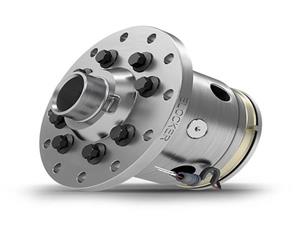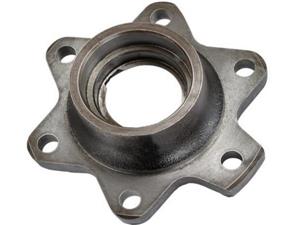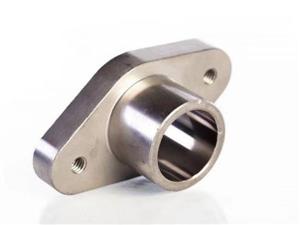Why does the casting shrink? What are the interference factors in casting smelting?
When cooling and solidification treatment is carried out by iron casting manufacturers, the shrinkage rate of castings is the most important consideration. Shrinkage refers to the percentage of size reduction of alloy castings during solidification. Shrinkage has an important influence on the precision of castings. Then, what are the reasons for shrinkage change of castings?

Influence of casting structure. The more complex the structure of the casting is, the more difficult the shrinkage is, and the shrinkage rate will decrease. The shrinkage of steel castings casted with the same composition is different because of their different structural shapes.
Influence of material selection. During the production of iron castings, due to the different compositions of the selected materials, the shrinkage of castings will be different. Generally, the shrinkage of alloy castings is better than that of gray cast iron. However, when the sulfur element in gray cast iron increases and the silicon element decreases, the shrinkage of castings will increase.
The influence of metal's concession. The shrinkage of alloy metal castings will increase with good yield. With the increase of casting size, the castability of the mold will become worse, and the shrinkage of the casting will become smaller.
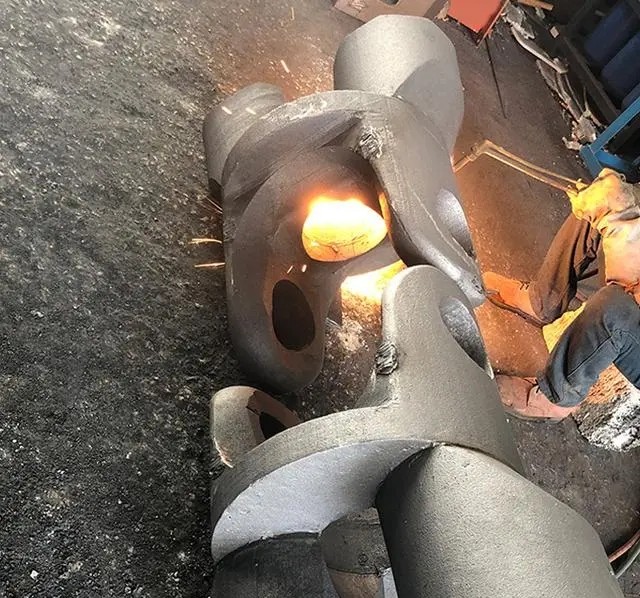
Interference factors in casting smelting are generally not so-called harmful factors, but factors that have a negative impact on the normal process of casting production. So, what are the interference factors in casting and smelting?

Alloying elements. In order to improve the properties of castings, certain alloy elements, such as manganese, niobium, chromium, molybdenum, vanadium, boron and titanium, are usually added in casting production. These alloy elements are strong carbide forming elements, which are easy to segregate at the final solidification position of the casting, especially at the grain boundary to form a higher concentration, thus affecting the mechanical properties of the casting.
Interference elements in cast pig iron. In the smelting process, although harmful elements such as phosphorus, sulfur and other interfering elements contained in cast pig iron can be partially removed, a part of various harmful elements and interfering elements will still be retained. If the content of interfering elements exceeds a certain control amount, the performance of the material will be affected. Therefore, the content of harmful elements and interfering elements in raw pig iron must be strictly controlled when manufacturing high-quality iron castings.
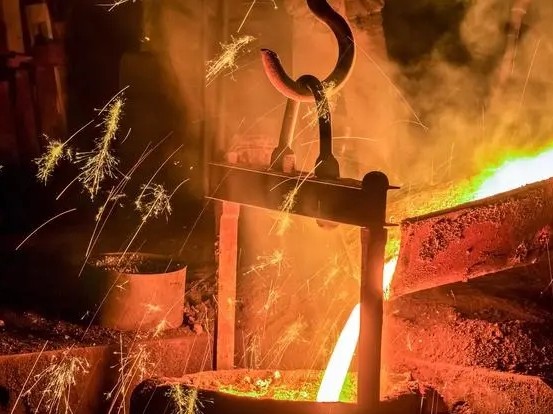
Pollutants mixed in the charge. With the pursuit of casting quality, the requirements for the purity of casting materials have been improved, and the pollutants in furnace charge have become a topic that can not be ignored. Therefore, in the casting process, the chemical composition in the charge should be strictly controlled and the external objective factors should be excluded as far as possible.

